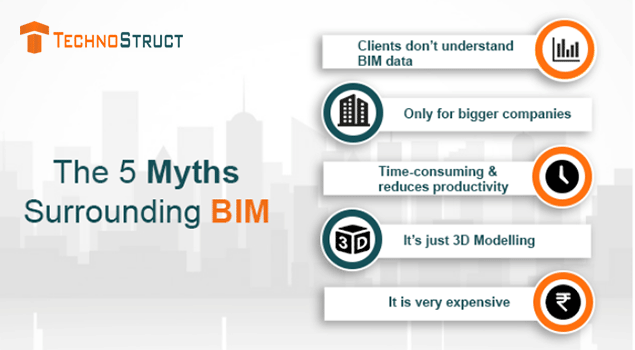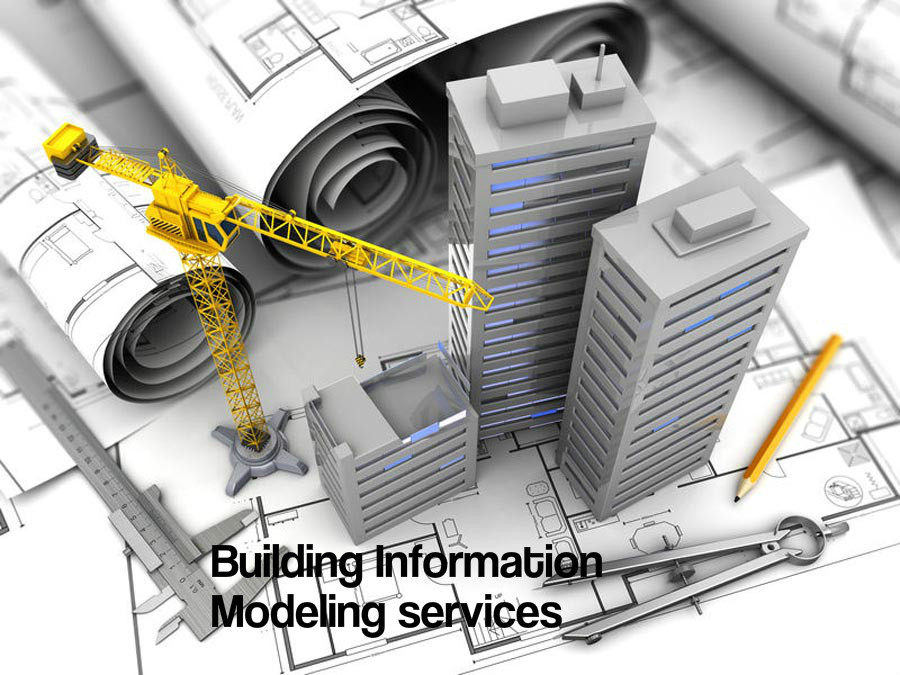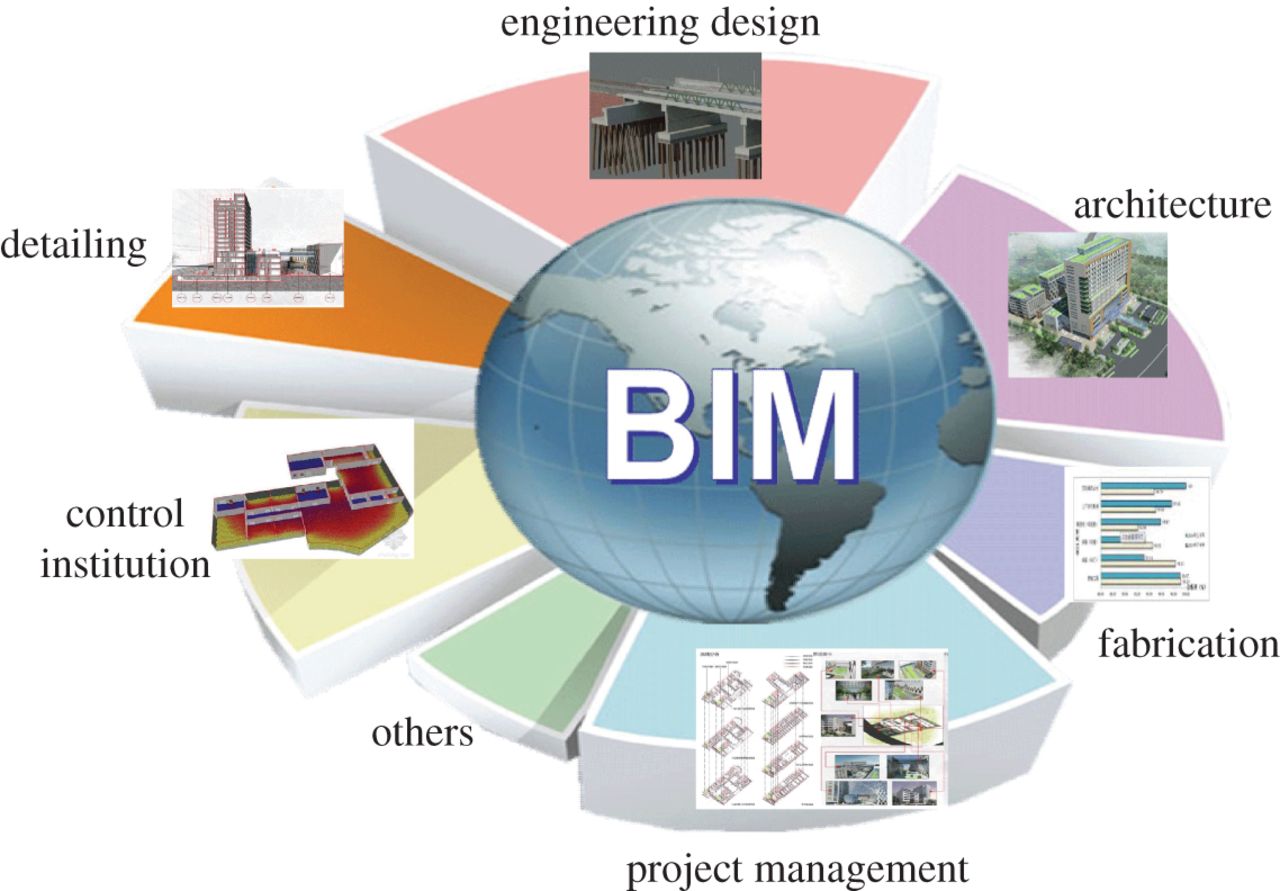
Building Information Modeling or BIM since its inception has revolutionized the construction industry. In last few years there has been a lot of focus on reducing life-cycle costs associated with a building, making green building, making buildings that are thermally efficient and also on computer aided prefabrication. A lot of businesses especially in developing economies in the construction industry have started been making a switch to BIM technology so that they can adapt to new trends and leverage them to become more efficient. However, there are still many SMEs who still have not come to terms with how BIM can be a useful asset to their organization. The reason for that is the myths that still surround the technology.
Here are some common myths surrounding BIM as pointed out by BIM service providers:
1) Only bigger companies can benefit from BIM
Contrarily, smaller companies tend to benefit more from BIM. It allows smaller firms to:
- Utilize 3D visualization to sell ideas to clients
- Improve accuracy in design
- Coordinate designs with different disciplines
The fact that case studies related to BIM mostly talk of the big and impressive projects gives it the perception that it is only suited for bigger companies. However, the fact is that all organizations irrespective of size tend to incur similar costs when it comes to leveraging BIM.
2) It’s nothing but 3D Modelling
Of course, 3D modelling is a major part of BIM. However, the technology goes much beyond that. There’s much more to it. What BIM also does is that it helps stakeholders collaborate and work collectively not just on the visual representation of a project but also the digital datasets. This data then comes together in the Common Data Environment (CDE) and here each stakeholder has the autonomy to add his/her ideas and/or changes.Thus, BIM is again a crucial and suitable asset for all types of organizations.
3) It is very expensive
Yes, transitioning to BIM can be expensive. There will be upfront costs, which is the case for making a transition in any domain. However, in the long run, it proves to be very useful and return assuring investment. Other than that, there are many BIM related tools that are available at affordable prices or some are even for open source. Lastly, while investing in BIM, one may take their own time. With a one-step at a time approach, one can easily decide which aspect to deal with when. Thus, you may continue to deliver on current commitments while also slowly and gradually investing in BIM. Therefore, there will be upfront expenditures but it does have long term investment case in terms of cost management and reduced turn-around time.
4) BIM is more time-consuming and reduces productivity
No new process just smoothly sets into place, it takes time, consideration and careful planning. So is the case for BIM. Any firm while leveraging BIM must begin with picking the right project, so as to start working with the technology. Ensure that the project stakeholders allows you the time and resources and you will thus, be able to build the momentum.
As opposed to the traditional ways, BIM tends to front load on the creation of project related information and assets. This does take some time in getting used to and also when it comes to planning and sourcing. However, for the long run, it delivers great productivity and makes for a great investment case.
Apart from that, there is a storehouse of information now available on the usage and technicalities of BIM, so really all this information can help organizations catch up.
To conclude, BIM may seem daunting at first but over time it might become as simple as any other process or technology we currently use. Even the construction industry moved from pen and paper to CAD and is now taking a step further with BIM.
5) Clients do not know what to do with BIM data
Now more than ever, clients are demanding for their projects to be BIM driven. However, it is true, the clients might not always fully understand what a BIM project really means in practice or what are its benefits.
The solution to this is that stakeholders ought to engage clients from the early stages of the project. This would ensure that both the clients and the facility management teams are well aware of all that is happening and stakeholders can ensure that the clients’ needs are being well understood.
Dispelling these myths is a sure shot way of understanding the benefits of adopting BIM. It’s all about slowly and gradually understanding and incorporating the technology into the daily processes. Moreover, make sure that you take the leap only after well planning the adoption process as well as the budget. Ultimately, adopting BIM can surely prove to be beneficial and ensures long-term results.



